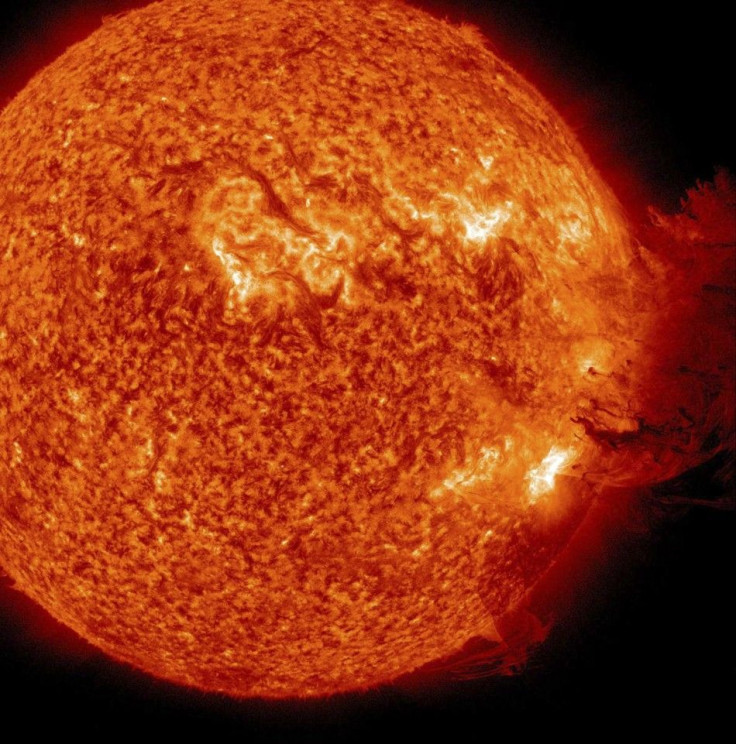Solar Winds Currently Hitting Earth Causing Geomagnetic Unrest
KEY POINTS
- A stream of solar winds is currently hitting Earth
- The solar winds are causing geomagnetic unrest
- Powerful solar winds could cause geomagnetic storms
A stream of solar winds currently hitting Earth is causing geomagnetic unrest. According to a space weather forecasting site, the solar winds came from a hole in the Sun’s atmosphere.
The current solar event was confirmed by SpaceWeather.com, which provides cosmic weather forecasts. According to the site, a stream of highly charged particles has escaped a hole in the northern portion of the Sun’s atmosphere, which is known as the corona.
These particles, referred to as solar winds, have already reached Earth and are interacting with the planet’s magnetic field. The interaction between the solar winds and the magnetic field is triggering geomagnetic unrest over the planet’s poles.
Fortunately, the solar winds currently hitting Earth are not that strong. The geomagnetic unrest that they’re causing will most likely lead to the formation of stunning auroras or polar lights in the sky.
“A minor stream of solar wind is buffeting Earth's magnetic field today, stirring geomagnetic unrest around the poles,” SpaceWeather.com stated. “The gaseous material is flowing from a northern hole in the Sun's atmosphere. Antarctic sky watchers should be alert for auroras in austral winter darkness.”
If the solar winds are powerful enough, they could trigger geomagnetic storms. According to the Space Weather Prediction Center (SWPC) of the National Oceanic and Atmospheric Administration, geomagnetic storms occur when solar winds disturb Earth’s magnetosphere.
During geomagnetic storms, the high-energy solar particles can affect the atmosphere and disrupt the operations of power grids, satellites, global positioning systems and radio communication. Depending on its magnitude, this type of cosmic event could affect large parts of the world.
“During storms, the currents in the ionosphere, as well as the energetic particles that precipitate into the ionosphere add energy in the form of heat that can increase the density and distribution of density in the upper atmosphere, causing extra drag on satellites in low-earth orbit,” the SWPC explained.
“The local heating also creates strong horizontal variations in the in the ionospheric density that can modify the path of radio signals and create errors in the positioning information provided by GPS,” the agency added.

© Copyright IBTimes 2024. All rights reserved.





















